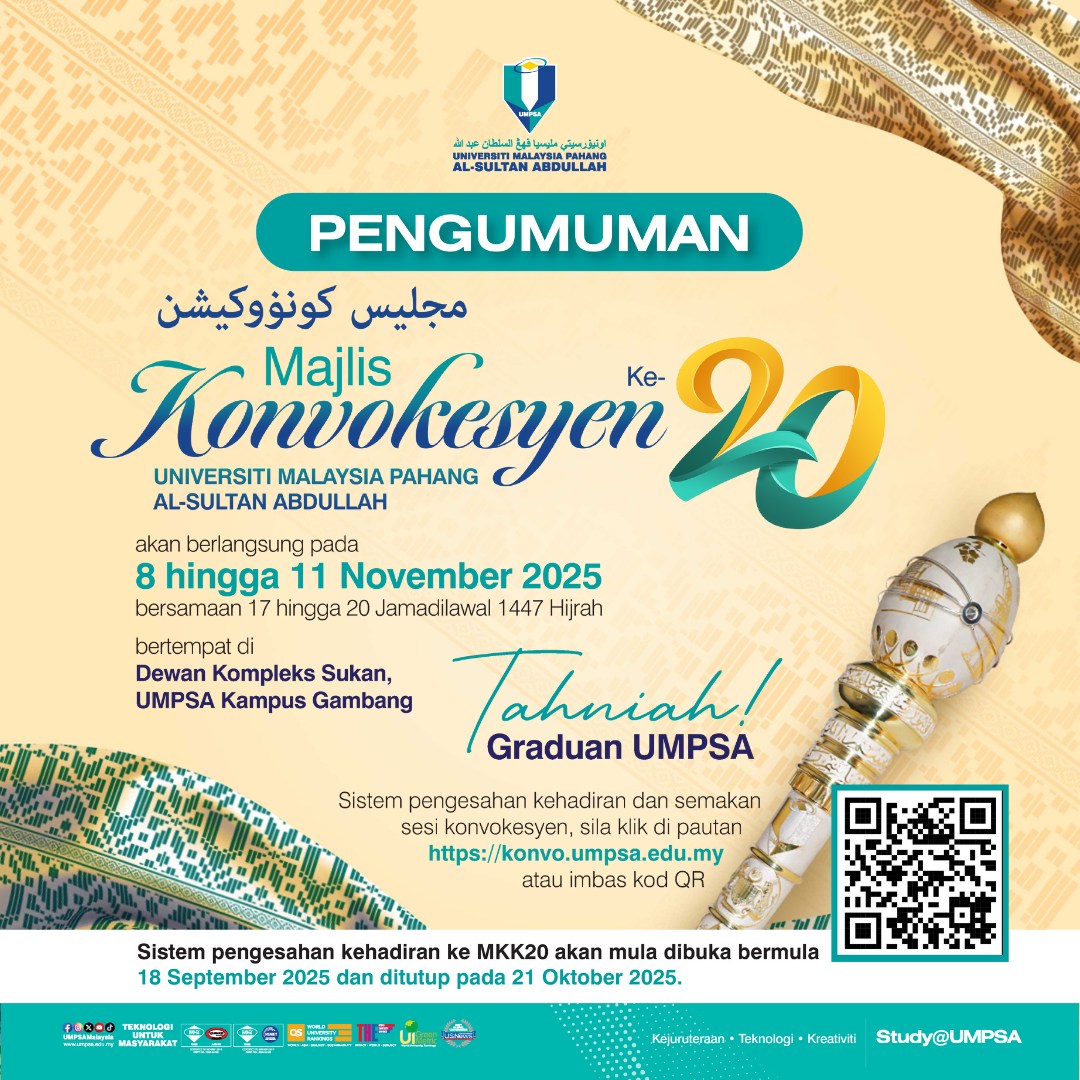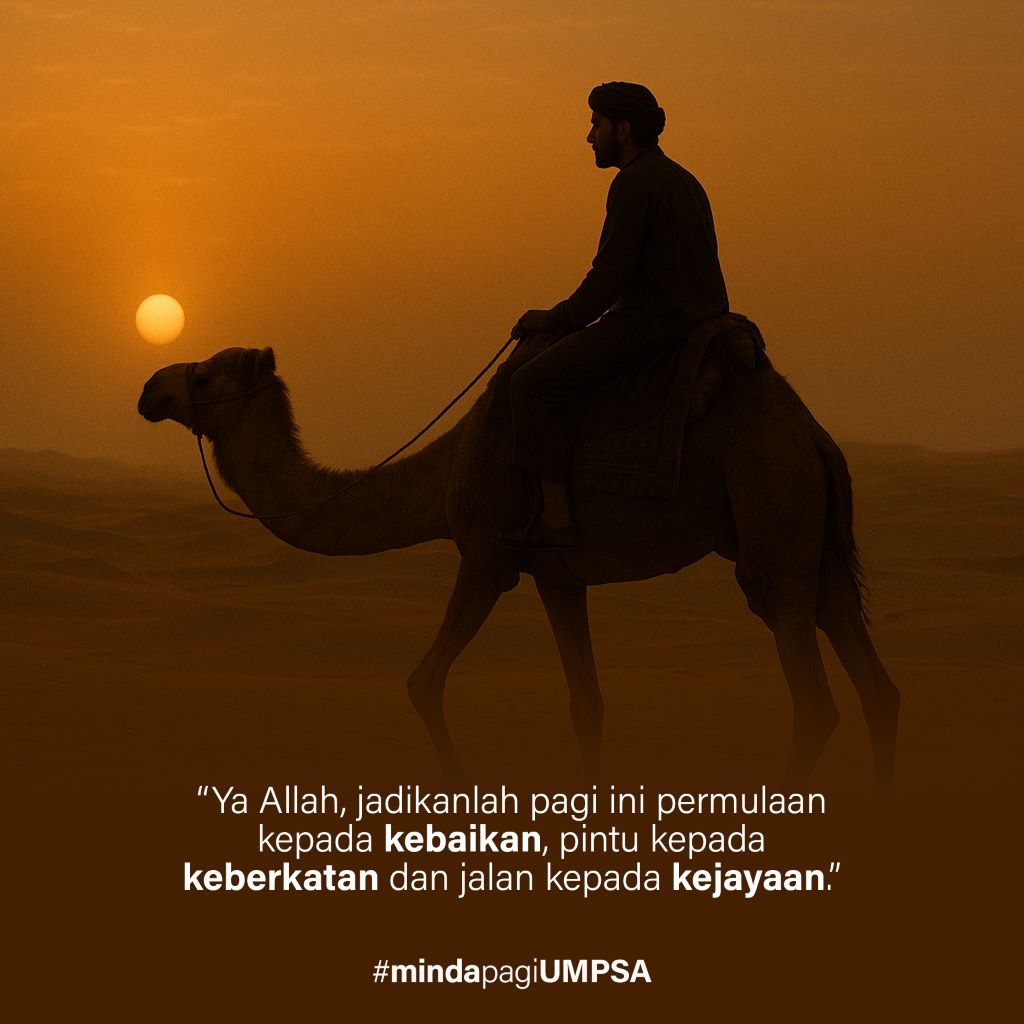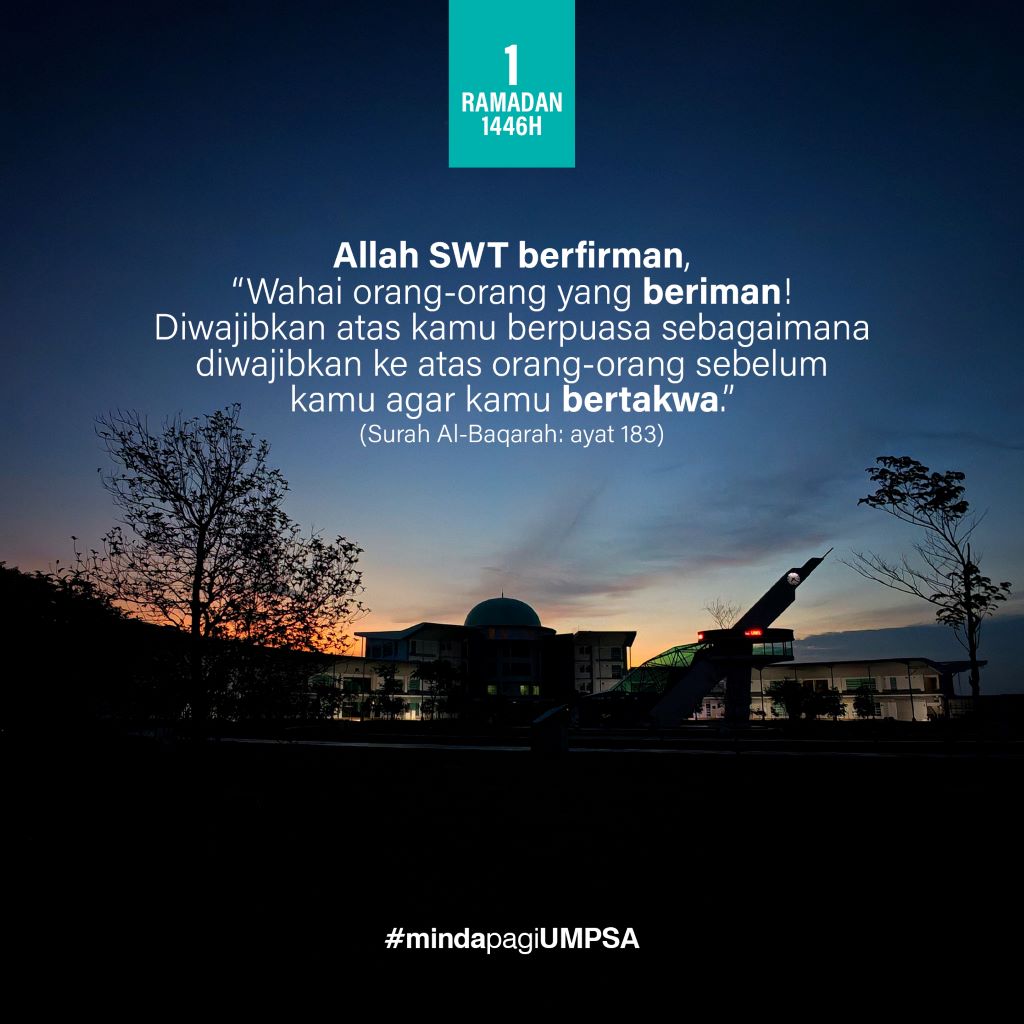Malaysia hungers for more Professional Engineers
The journey of an engineer begins from obtaining a scroll of an engineering degree till becoming a professional practitioner in their engineering field or better known as Professional Engineer (PE). Becoming a Professional Engineer can be considered as the highest achievement for all engineering graduates in any area. The recognition as a Professional Engineer will provide a sense of triumph to anyone passionate about their engineering profession. Professional Engineer will only deliver the tasks based on their most exceptional engineering knowledge, accurate problem analysis, optimum solution to the problem, comprehensive investigation and analysis, utilisation of best available tools, environmental and sustainability safeguard, a high priority of public safety, and sound judgement in project management through ethical practices. In Malaysia, there are various sectors for our engineers to serve including consultation, research & development, construction, building services, maintenance, manufacturing, plantation, aviation, maritime, sales, and oil & gas industry, as well as institutions of higher learning like universities and colleges as a lecturer or a teaching engineer.
For our beloved country to become a developed nation, the engineer to population ratio must be 1:100. For Malaysia, with a population of 32 million, the number of engineers should be 300,000. Surprisingly, based on the Education Ministry’s statistics from 1997 to 2020, the average number of engineers produced per year by the local institutions of higher learning, excluding graduates from international universities is about 16,000. The cumulative total of all engineers produced from 1997 to 2020 is estimated to be about 400,000. The number of engineers may be currently surplus for Malaysia.
Unfortunately, the reality is that only 35% of the graduate engineers (GE) registered with the Board of Engineers Malaysia (BEM). BEM is owned by the Malaysian government to administer the registration of PE. Although according to Malaysia’s law through the Registration of Engineers Act 1967 (Revised 2015), all practising engineers must be registered with the BEM as GE to work as an engineer legally. According to the statistic published by BEM in February 2020 (Figure 1), only 10% out of 142,000 registered Graduate Engineer (GE) successfully obtained the certification as Professional Engineer, which is less than 4% of all engineers in Malaysia.
At least five most common engineering fields run the country today, which are mechanical, chemical, electrical, electronic, and civil engineering. As shown in Figure 2, civil engineering shows the highest number of registered Graduate Engineer followed by mechanical, electrical, electronic, and chemical engineering. More than 50% of the total registered Graduate Engineer have been upgraded into Professional Engineer for at least two engineering disciplines which are civil and electrical engineering. For mechanical engineering, the number of Graduate Engineer converted into Professional Engineer is slightly less at about 40%. The least amount of converted Graduate Engineer into Professional Engineer status is demonstrated by chemical and electronic engineering.
Several reasons have been identified to be the cause of this mismatch:
1. Some engineers thought that Professional Engineer status is only required for engineers who work with design and consulting firm.
2. The jobs do not require engineers to register as a Graduate Engineer.
3. The job never deals with document submissions to the authorities that require registered Graduate Engineer status.
4. Some local engineers choose to work abroad.
5. Some engineers leave the engineering profession.
6. Mismatch expectations between engineering graduates and employers resulted in unemployment.
While the number of engineering graduates has been very encouraging in terms of quantity, Malaysia is still facing a shortage of engineers in terms of employability and retention of talents within the engineering sector and companies. Since Professional Engineers are crucial in bringing Malaysia to achieve a developed nation’s status, all engineering graduates should register as Graduate Engineer before obtaining the Professional Engineer qualification.

Figure 1: Statistic data for GE and PE in Malaysia as of July 2020

Figure 2: Percentage of GE and PE according to engineering disciplines in Malaysia as of February 2020
BEM has facilitated the process of obtaining the Professional Engineer status by offering three alternatives routes:
1. Route 1: through Professional Assessment Examination (PAE),
2. Route 2: through Professional Interview (PI), and
3. Route 3: through Professional Qualification Equivalent (PQE).
Professional Assessment Examination (PAE) and Professional Qualification Equivalent (PQE) are the evaluations conducted by the Board of Engineers Malaysia (BEM). Whereas, Professional Interview (PI) is managed by the Institution of Engineers Malaysia (IEM). All these routes have the same purpose of ensuring the PE candidates meet all competencies required for a Professional Engineer.
According to Laws of Malaysia through the Registration of Engineers Act 1967 (Revised 2015), Section 10(2)(a), there are three groups of engineers who are qualified to apply for a Professional Engineer status:
1. Who has passed a professional assessment examination conducted by the Board (Route 1)
2. Who holds a professional qualification which the Board considers to be equivalent to the professional assessment examination conducted by the Board (Route 3)
3. Who is a Corporate Member of the Institution of Engineers (Malaysia) (Route 2)
There are five requirements to be fulfilled by the applicant via Routes 1 and 2, namely engineering degree, Graduate Engineer registration, and minimum three years of practical experiences with at least one year obtained in Malaysia under the supervision of a Professional Engineer from the same branch. For academician who is serving universities or colleges should receive at least one year of industrial training related to engineering tasks under the supervision of a Professional Engineer from the same branch. Meanwhile, the requirement for Route 3 is mostly similar to those for Routes 1 and 2 but with one additional element where the candidate must already obtain the certificate of Professional Engineer recognised by the regulatory body of another country.
There are four general attributes the engineer must embrace before being entitled to become a Professional Engineer which are technical know-how, management, communication & interpersonal skills, and commitment to a professional standard (Figure 3). The technical expertise covers the understanding of the application of engineering principles, the ability to determine the solution of engineering problems from investigation, design consideration, and construction/fabrication/development. Whereas, the management attribute focuses on project management, planning and execution, budget, and continuous improvement. It is also required to demonstrate excellent communication ability with all levels in the organisation. Finally, the most crucial attribute is the commitment to the professional standard where the candidate must explain that they comply with the code of ethics as an engineer and promote safety at work.

Figure 3: The attributes to be evaluated through all three routes to becoming a Professional Engineer.
The writer is a Senior Lecturer at the Faculty of Mechanical and Automotive Engineering Technology, Universiti Malaysia Pahang (UMP).

By: Associate Professor Ts. Ir. Dr. Wan Sharuzi Wan Harun
E-mail: sharuzi@ump.edu.my
- 6731 views










